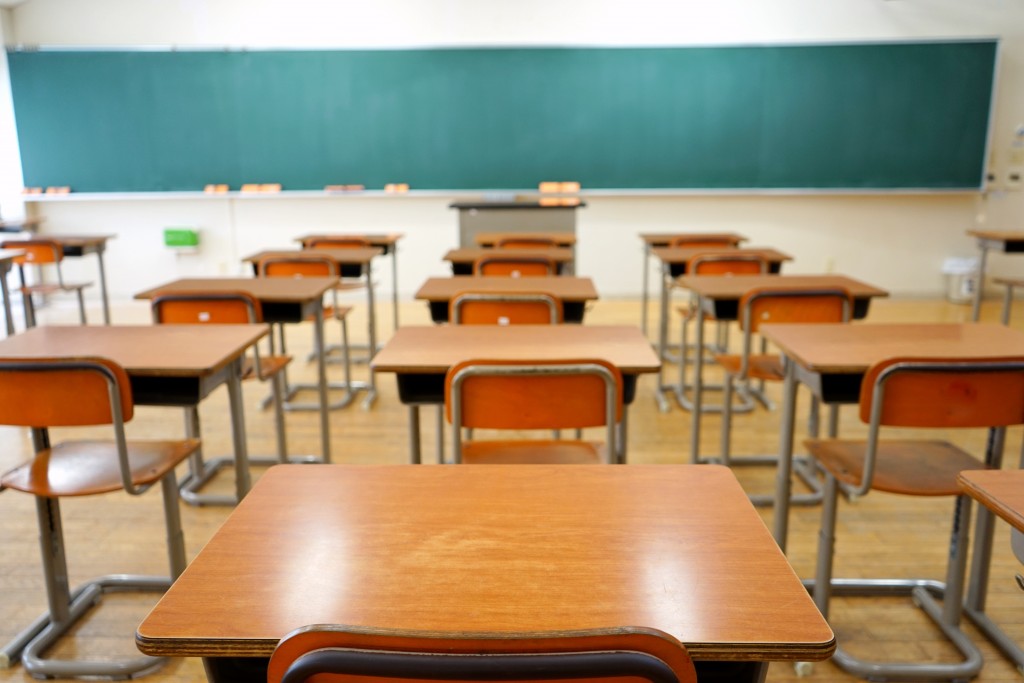More and more schools that have opened with virtual classes are slowly shifting to in-person classes. The situation differs from state to state and from district to district, depending on the COVID-19 situation in the area. Some schools already resumed their in-person classes in mid-September.
Going back to in-person classes is definitely a joyous moment, especially for those living in poverty and struggling with the distance learning method. The problem wasn’t always technology. It was the situation that the child was in: moving from relative to relative, moving from house to house, and problematic parents.
And of course, there is a problem with technology. Some students without laptops are connected to their online classes through smartphones only. This made accessing the uploaded notes and assignments difficult. Editing a Google Doc to answer an assignment using smartphones also proved to be challenging.
Schools can and should implement strategies to ensure the safety of the students and the staff as well. It would need the cooperation of the students, teachers, school staff, and parents to be successful and effective.
Districts Should Keep A Close Eye On The COVID Numbers
The world has not yet defeated the COVID-19 virus, which is still making waves worldwide. Districts must be aware of the COVID rates in their area to make necessary and on-time decisions to implement changes and mitigations. They must coordinate with the state and local Public Health Department daily for the updated COVID rate data.
Encourage Handwashing And Good Hygiene
Schools must encourage behaviors in students and staff alike that help reduce the risks of COVID-19 transmission. Frequent proper handwashing using soap and water can help reduce the risks of contracting the virus. Teach children to handwash with soap for at least 20 seconds, then rinse thoroughly with water. Have signs and infographics in your handwashing stations to remind them to wash their hands as frequently as possible.
Of course, you cannot encourage children to wash their hands if schools do not have adequate handwashing stations. Put up handwashing stations, not just in restrooms and washrooms, but in hallways, cafeteria, playgrounds, gymnasium, and the rest of the school grounds.
Ensure that there is always soap for everyone to use. If not possible, a hand sanitizer dispenser can be put up instead. Hand sanitizer dispensers must be placed in each classroom, by the entrance, laboratories, offices, and other school facilities.
Schools can also encourage cleanliness by installing toilet bidets, hand dryers, or paper towel dispensers and including hygiene discussions in the class curriculum.
Disinfect Safely And Frequently
The COVID-19 virus present in high-touch surfaces can be killed when using the right disinfecting products. In public places such as schools, it is important to disinfect surfaces frequently. Schools must develop a schedule for cleaning and disinfecting the campus to ensure its students’ and staff’s safety and health. The frequency must be increased compared to pre-COVID times. Focus the effort on frequently touched surfaces such as light switches, doorknobs, countertops, desks, and laboratory equipment.
Encourage Staying At Home If Necessary
Encourage both students and staff to stay at home if they are not feeling well or have had close contact with someone who tested positive for the COVID-19 virus. Assure the students and staff that their performance will not be affected because they have taken a necessary absence. Create policies that will not have students and staff go to school despite feeling feverish or under the weather because of fear of repercussions. Ensure that everyone is well aware of these policies.
If one of the students or staff shows symptoms for COVID-19, isolate and have them tested immediately. Contact tracing procedures must be in place to identify those at risk should the test result be positive.
Require The Use Of Face Masks All The Time
Teach the students to use face masks whenever they go out. Reinforce to them its importance and necessity. Masks act as a protective barrier between the person and harmful respiratory droplets present in the air. It is also meant to protect other people from the wearer if the wearer has the virus but is not showing any symptoms. The school should also provide masks as needed if the student does not have a mask available.

Both students and staff must be aware of the proper usage of face masks such as the following:
- You should wash your hands before you put on a face mask.
- The face mask must cover the nose and mouth of the wearer.
- You should never swap a face mask with another person.
- Reusable masks should be washed every day.
Practice Safe Physical Distancing At All Times
Classes should be managed differently than before. Ensure that there is at least a 2-meter distance between students in classrooms. Here are just some recommendations from the CDC on managing classes to reduce the risks of virus transmission.
- Have the same group of students attend the same classes to minimize contact with other students.
- Space seating and desks at least 2 meters apart.
- Schedule breaks in a way that will limit interactions between students.
- Maintain the number of students in each class such that safe physical distancing is followed.
- No extra-curricular activities such as field trips and school assemblies.
The battle with COVID-19 is not yet over. The challenge lies in ensuring that the children are safe within the campus. School administrators and district superintendents have a lot on their plate. It will take the cooperation of everyone to keep schools a haven for the learners. It will be a long while before things can go back to normal, and some parents might request a fully online format for their children. Schools must be flexible in being able to accommodate all learning formats that are beneficial for the children.
